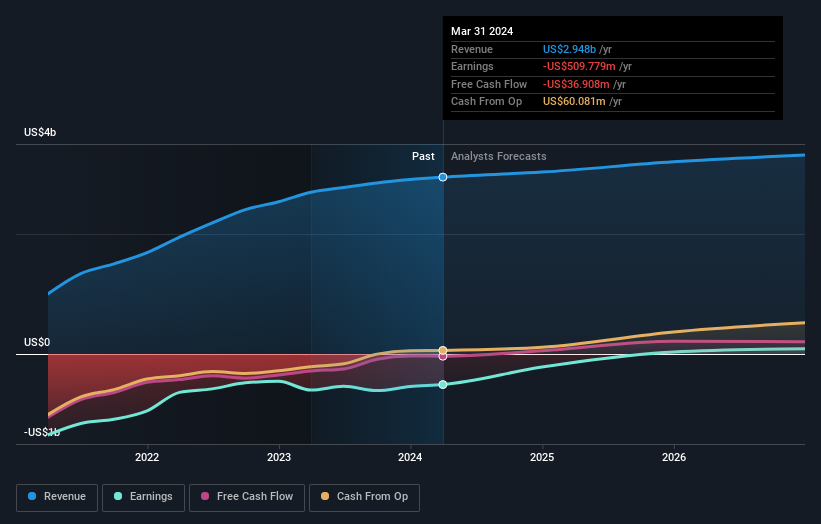Should You Investigate Sabre Corporation (NASDAQ:SABR) At US$3.08?
Sabre Corporation (NASDAQ:SABR), is not the largest company out there, but it received a lot of attention from a substantial price increase on the NASDAQGS over the last few months. Shareholders may appreciate the recent price jump, but the company still has a way to go before reaching its yearly highs again. With many analysts covering the stock, we may expect any price-sensitive announcements have already been factored into the stock’s share price. However, what if the stock is still a bargain? Let’s examine Sabre’s valuation and outlook in more detail to determine if there’s still a bargain opportunity.
Check out our latest analysis for Sabre
What Is Sabre Worth?
According to our valuation model, the stock is currently overvalued by about 29%, trading at US$3.08 compared to our intrinsic value of $2.38. This means that the buying opportunity has probably disappeared for now. But, is there another opportunity to buy low in the future? Given that Sabre’s share is fairly volatile (i.e. its price movements are magnified relative to the rest of the market) this could mean the price can sink lower, giving us another chance to buy in the future. This is based on its high beta, which is a good indicator for share price volatility.
What kind of growth will Sabre generate?
Investors looking for growth in their portfolio may want to consider the prospects of a company before buying its shares. Although value investors would argue that it’s the intrinsic value relative to the price that matter the most, a more compelling investment thesis would be high growth potential at a cheap price. With profit expected to grow by 69% over the next year, the near-term future seems bright for Sabre. It looks like higher cash flow is on the cards for the stock, which should feed into a higher share valuation.
What This Means For You
Are you a shareholder? It seems like the market has well and truly priced in SABR’s positive outlook, with shares trading above its fair value. However, this brings up another question – is now the right time to sell? If you believe SABR should trade below its current price, selling high and buying it back up again when its price falls towards its real value can be profitable. But before you make this decision, take a look at whether its fundamentals have changed.
Are you a potential investor? If you’ve been keeping an eye on SABR for a while, now may not be the best time to enter into the stock. The price has surpassed its true value, which means there’s no upside from mispricing. However, the optimistic prospect is encouraging for SABR, which means it’s worth diving deeper into other factors in order to take advantage of the next price drop.
If you want to dive deeper into Sabre, you'd also look into what risks it is currently facing. For example, we've found that Sabre has 2 warning signs (1 makes us a bit uncomfortable!) that deserve your attention before going any further with your analysis.
If you are no longer interested in Sabre, you can use our free platform to see our list of over 50 other stocks with a high growth potential.
Have feedback on this article? Concerned about the content? Get in touch with us directly. Alternatively, email editorial-team (at) simplywallst.com.
This article by Simply Wall St is general in nature. We provide commentary based on historical data and analyst forecasts only using an unbiased methodology and our articles are not intended to be financial advice. It does not constitute a recommendation to buy or sell any stock, and does not take account of your objectives, or your financial situation. We aim to bring you long-term focused analysis driven by fundamental data. Note that our analysis may not factor in the latest price-sensitive company announcements or qualitative material. Simply Wall St has no position in any stocks mentioned.

 Yahoo Finance
Yahoo Finance 
